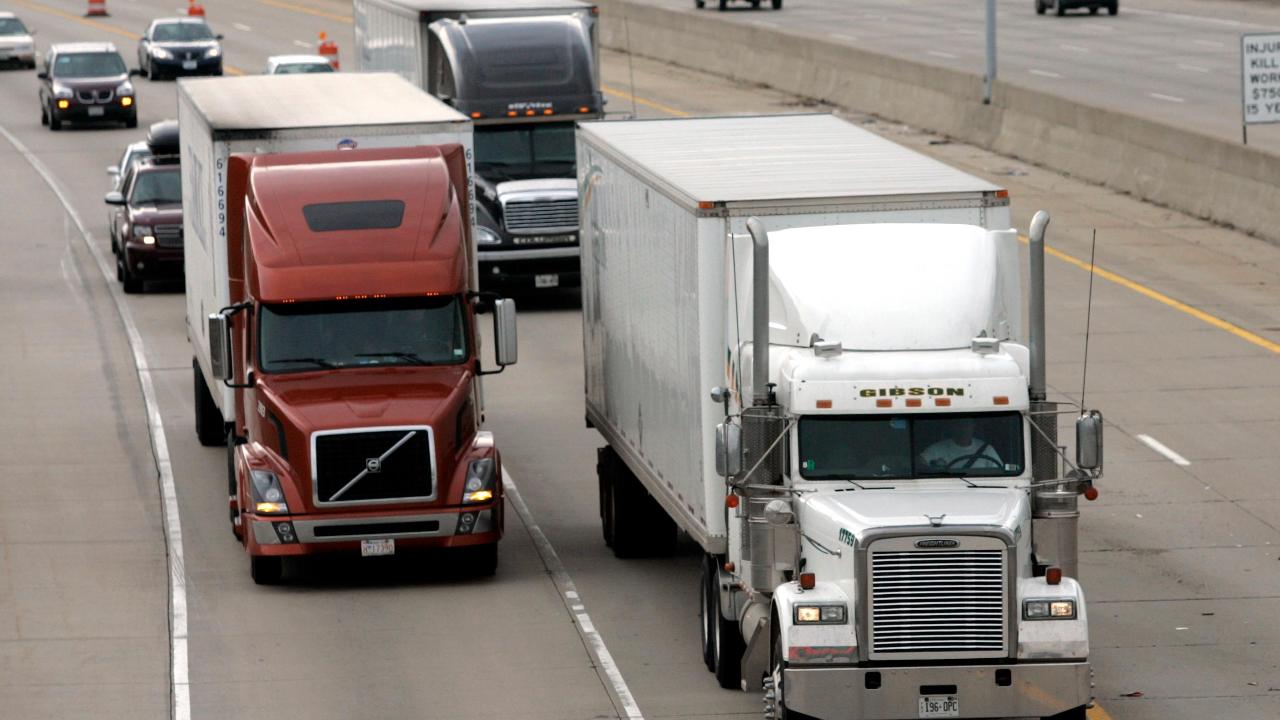Truck driver shortage: Are 18-year-olds the solution?
Changing a regulation that prevents younger Americans from being able to drive commercial vehicles across state lines could help alleviate the truck driver shortage, which is expected to worsen over the coming years.
Under current law, 18 to 21 year-old truck drivers are not only prevented from driving across state boundaries, but they are also prohibited from driving intrastate if the freight will eventually cross state lines.
According to Commercial Vehicle Training Association (CVTA) president & CEO Don Lefeve, these regulations have been in place since the 1930s and lifting them could significantly increase the competitiveness of the trucking industry.
“We are unable to compete with other industries because there are no restrictions to be a welder or HVAC repairman,” he said. “[Driving] should be a first career.”
The median age of current drivers is 49 or higher, according to The American Trucking Associations. The average individual going to Lefeve’s school for driver training is a 34 to 36-year-old male, which means he has been working in a different career for 16 to 18 years.
Lefeve believes that not only does the age restriction on interstate hauls deter younger Americans from perceiving the industry as a viable career pathway, but it also ultimately impacts people’s impressions of the industry.
“It’s math, man … these people are retiring and you don’t have a workforce that’s stepping up,” he said.
The Trump administration has looked to advance a pilot program that would allow certain drivers under 21, with training and experience in certain military jobs, to engage in interstate commerce. There are also bills that would lessen the restrictions on younger drivers circulating on Capitol Hill.
In 2016, the industry was short more than 36,000 drivers, according to the American Trucking Associations, which expected that number to surpass 63,000 in 2018. By 2026, it could swell to 174,000.
In order to keep up with demand, the trucking industry would need to hire nearly 900,000 drivers through 2026, or about 90,000 each year, the trade group said.
In response to the shortage, many companies have been raising wages to attract more workers. Most of the companies Levefe works with have raised pay by 5% to 10% recently, and he expects to see further increases.
But while some argue the shortage is due to the industry’s pay problem, Levefe believes ultimately it comes down to the industry’s inability to attract younger drivers.
“We want the right people for this job, this isn’t for everybody,” he said.




















